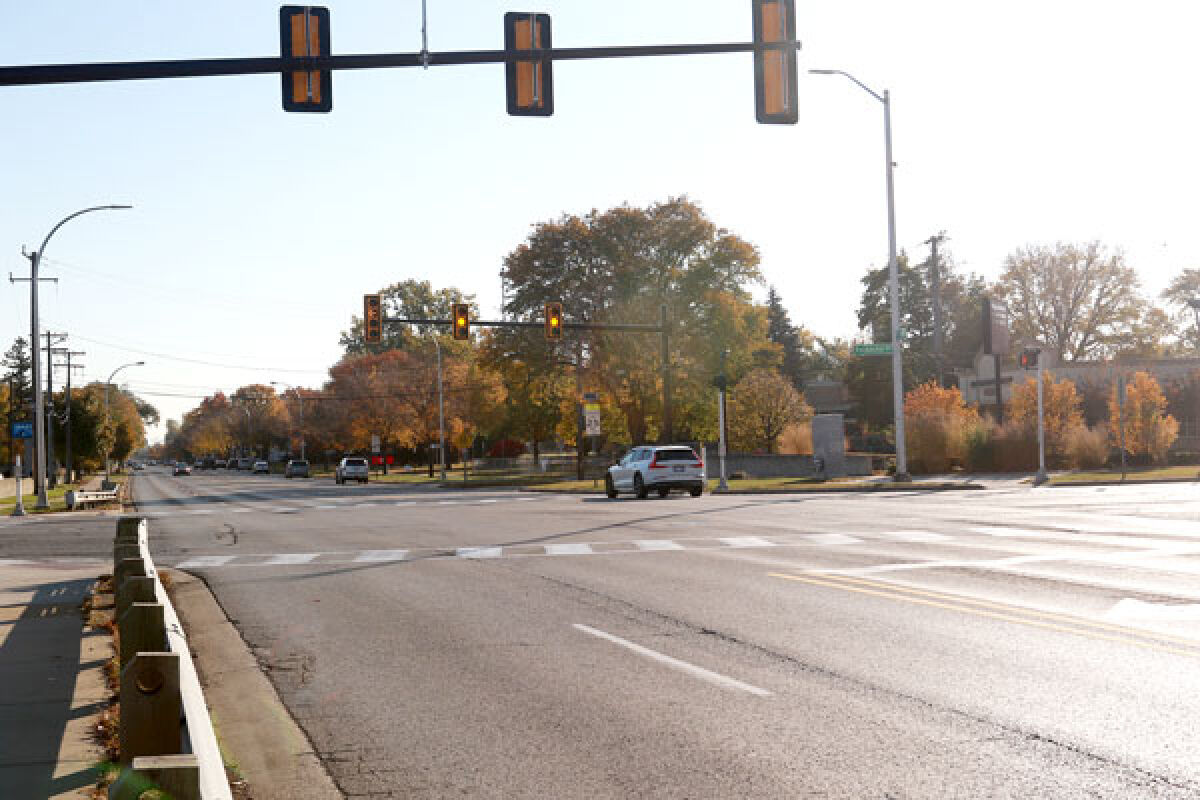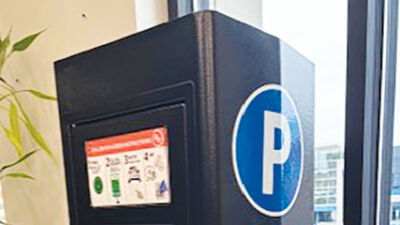ROYAL OAK — Rochester Road will be undergoing a big change in 2023, though some residents are not a fan of what’s to come.
The Rochester Road diet will commence next year. The current plan for Rochester is a lane reduction between North Main Street and 13 Mile Road during the road’s resurfacing.
As of now, there are two travel lanes each for northbound and southbound traffic. With the road diet, that will be changed to one travel lane each and a dedicated center left-turn lane. There also will be a dedicated right-turn lane at each mile road.
There is a proposal to implement a road diet from 13 Mile to 14 Mile roads as well, but City Manager Paul Brake said that is years from happening and that Clawson would need to be in agreement as well.
Brake stated that construction on the project has no start date and that it will be dependent on when the city’s contractor is available.
A traffic study cited by Brake, from engineering firm Fleis & Vandenbrink, states that the level of service from a road diet will improve traffic on Rochester. The average daily traffic for the road in 2019 was 15,000 to 20,000 vehicles per day.
“We’re looking at moving the curbs in,” Brake said. “Along this stretch of road, over a five-year period looking at from 2016 to 2020, there has been 374 accidents, of which 40% of them were rear-end collisions. So again, you have a stretch of road that does not have a center turn lane and by doing this sort of lane reduction, what the traffic engineers (are) indicating is that this will be a 17% decrease in traffic accidents. So you won’t have as many cars, rear-end collisions.”
The approval of the road diet earlier this year had opposition, with a citizens advisory committee voting to reject the plan. A Facebook survey from the city also showed a 78% rejection rate from 404 respondents.
The City Commission went on to approve the road diet in February.
Resident Sue Fabian has been against the road diet. One reason, she said, was because of a road diet on Main Street that she felt hasn’t gone well, and this is the second parallel road that a diet would be happening on.
“So you’ve got certainly over 500 houses that are directly impacted by being blocked in by two parallel road diets,” she said. “I’m not against road diets per se. It’s how it’s been used in this case, and considering the evidence against it, such as the traffic committee, the city’s own traffic committee rejecting it upon hearing what the people had to say and ... the traffic study that went into this, the 70% objection rate of the city-sponsored Facebook survey.”
Over the summer, Fabian also led a canvassing effort of Royal Oak residents and businesses. According to her, more than 1,000 homes were canvassed and 431 people were talked to, and of those people, she said 416 were against the road diet. She also stated that 95% of businesses surveyed also were against the diet.
“I presented (the canvassing) in a very unbiased way,” she said. “I had petitions both for and against for people to sign. I did not state my personal opinion until they asked, but only after they signed, one way or the other. So it was very unbiased and I had a team of six helpers and they did the same thing.”
Fabian presented this data to the commission at a meeting, but she found it disappointing that the city did not have any comment and is continuing to move forward with the project.
“The City Commission is ignoring the great weight of the evidence here,” she said. “They’re going ahead anyway. It’s like, ‘Why do you have a traffic committee? Why did you do the Facebook survey? Why did you have absolutely no comment?’ One of your citizens, namely me, canvassing over 1,000 homes and getting nearly 100% rejection rate, and you had not one single comment?”
On the opposition, Brake said the city relies on professional traffic engineers who tell them what they should be aware of from a safety perspective.
“We need to listen to the concerns, but many of the issues that have been brought up, it doesn’t refute what our professional traffic engineers have advised us,” he said.
Speaking anecdotally, Brake said people drive close to 45 miles per hour on the road, which is posted for 35. He said it doesn’t provide a safe environment for motorists or anyone walking on the sidewalk. He also said that bringing in the curbs along an approximately 2.4-mile stretch of road will eliminate the equivalent of two football fields of pavement, which is better for stormwater management.
“It’s that much less of an impervious surface,” he said.
 Publication select ▼
Publication select ▼























